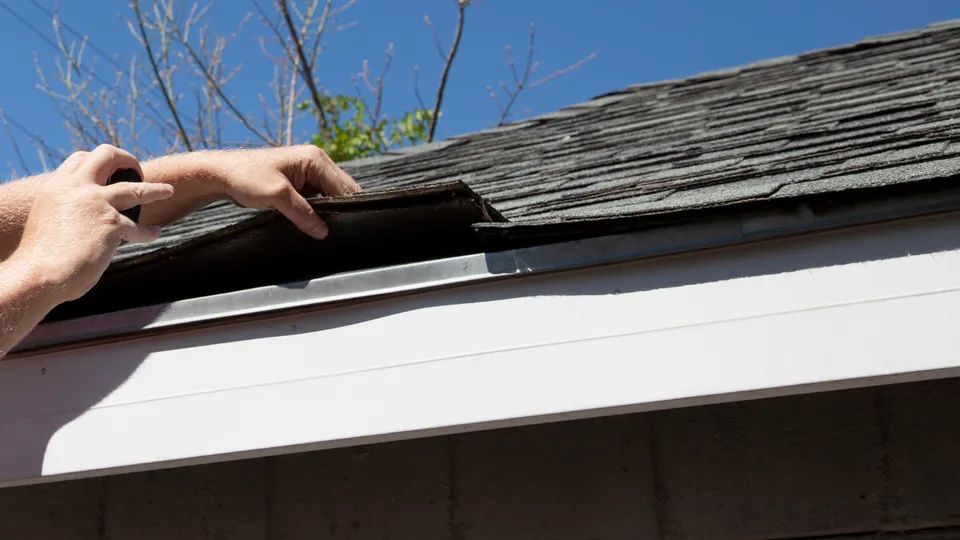

Replacing roof shingles protects your home from water damage and maintains structural integrity. Homeowners who recognize the signs of damaged shingles can make an informed decision about when to tackle this essential maintenance task. Understanding the replacement process helps you determine whether to hire a roofing professional or attempt the work yourself.
Signs Your Roof Needs Attention
Your roof shows several warning signs when shingles need replacement. Missing shingles create obvious gaps that expose the roof deck to weather elements. Curled or cracked shingles indicate age and weathering that compromises their protective function. Granule loss appears as bare spots on asphalt shingles, while damaged flashing around the chimney or gutters signals potential water infiltration.
Weather damage becomes apparent after severe storms hit your house. High winds lift and tear shingles, creating entry points for water. Hail creates dents and cracks that weaken the roof covering. Snow and ice cause expansion and contraction that loosens nails over time.
Quick tip: Check your gutters for excessive granule accumulation. This debris indicates your asphalt shingles are wearing down and may need replacement soon.
Weather damage becomes apparent after severe storms hit your house. High winds lift and tear shingles, creating entry points for water. Hail creates dents and cracks that weaken the roof covering. Snow and ice cause expansion and contraction that loosens nails over time.
Quick tip: Check your gutters for excessive granule accumulation. This debris indicates your asphalt shingles are wearing down and may need replacement soon.
Understanding Roofing Materials
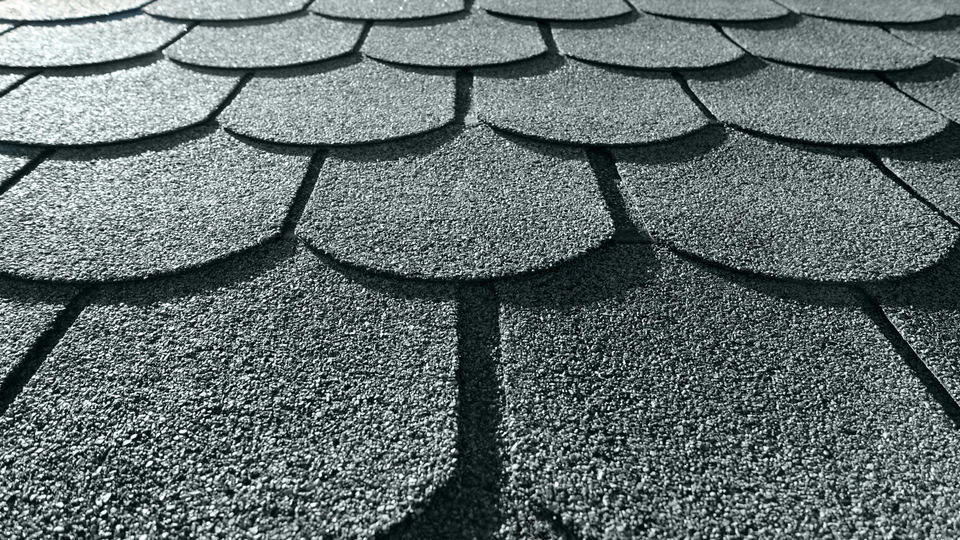
Asphalt shingles dominate residential roofing because they balance cost and performance. These shingles consist of a fiberglass mat coated with asphalt and topped with ceramic granules. Architectural shingles offer enhanced durability and visual appeal compared to basic three-tab options. Most manufacturers provide warranties ranging from 20 to 30 years for their products.
The roof deck forms the foundation for your new roof. Plywood or oriented strand board (OSB) creates this structural layer. Wood decking must remain in good condition to support the weight of roofing materials. Severely damaged sections require replacement before installing new shingles.
Metal flashing protects vulnerable areas where two roof planes meet. This material channels water away from joints and prevents leaks. Proper flashing installation around chimneys, vents, and valleys ensures long-term roof performance.
Understanding the anatomy of your roof helps you communicate with contractors and make better decisions about materials. Learn more about roof components in our comprehensive guide.
The roof deck forms the foundation for your new roof. Plywood or oriented strand board (OSB) creates this structural layer. Wood decking must remain in good condition to support the weight of roofing materials. Severely damaged sections require replacement before installing new shingles.
Metal flashing protects vulnerable areas where two roof planes meet. This material channels water away from joints and prevents leaks. Proper flashing installation around chimneys, vents, and valleys ensures long-term roof performance.
Understanding the anatomy of your roof helps you communicate with contractors and make better decisions about materials. Learn more about roof components in our comprehensive guide.
When to Replace vs. Repair
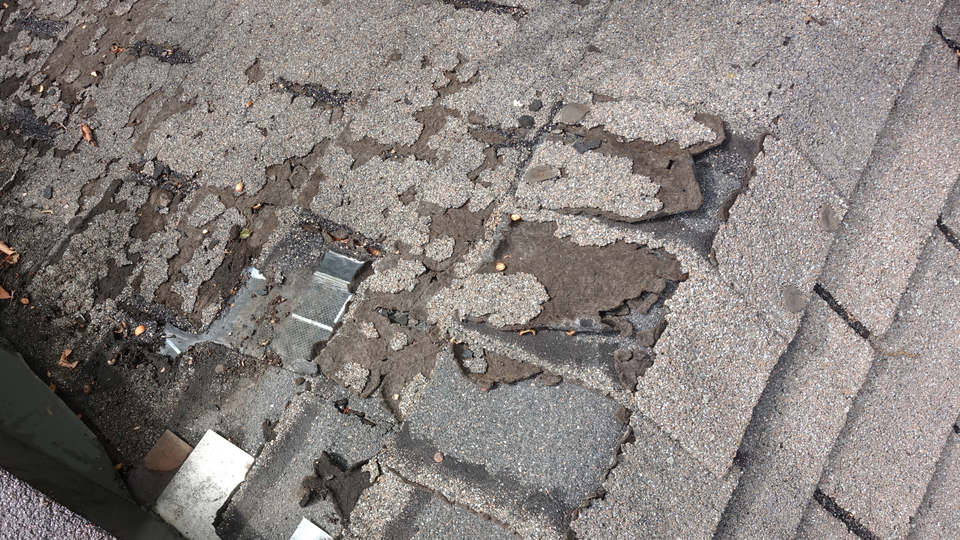
Roof replacement becomes necessary when damage affects large areas or multiple layers. A roofing contractor should evaluate your situation if more than 30% of shingles show damage. Age also determines replacement timing - most asphalt shingles require replacement after 20-25 years.
Limited damage often allows for targeted repair. Replacing a few missing shingles costs less than a complete re roof. However, patching old shingles with new materials creates an uneven appearance and may void manufacturer warranties.
A building inspector can assess structural damage and code compliance issues. Professional inspection reveals problems that homeowners might miss, such as inadequate ventilation or improperly installed flashing.
Limited damage often allows for targeted repair. Replacing a few missing shingles costs less than a complete re roof. However, patching old shingles with new materials creates an uneven appearance and may void manufacturer warranties.
A building inspector can assess structural damage and code compliance issues. Professional inspection reveals problems that homeowners might miss, such as inadequate ventilation or improperly installed flashing.
Choosing the Right Roofing Materials
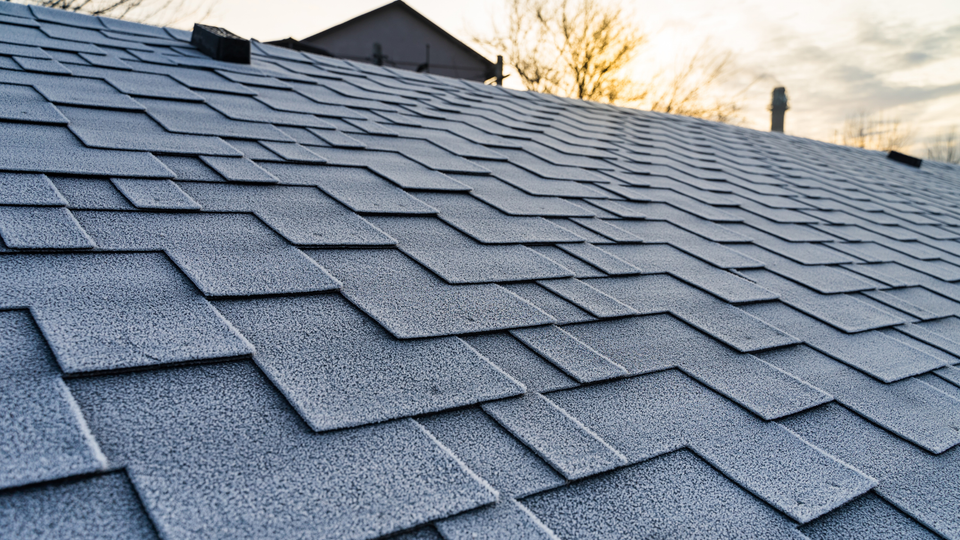
Selecting appropriate roofing materials depends on your climate, budget, and aesthetic preferences. Asphalt shingles work well in most climates and offer the best value. Cool weather regions benefit from shingles designed to resist ice dam formation. Hot climates require materials that reflect heat and resist UV damage.
Different types of shingles provide varying levels of protection and appearance. Explore your options in our detailed comparison.
Consider the installation process when choosing materials. Some products require specialized tools or techniques that increase labor costs. A roofing manufacturer's installation requirements affect warranty coverage and long-term performance.
Did you know? Architectural shingles weigh more than basic three-tab shingles. Your roof deck must support this additional weight, which may require structural reinforcement in older homes.
Different types of shingles provide varying levels of protection and appearance. Explore your options in our detailed comparison.
Consider the installation process when choosing materials. Some products require specialized tools or techniques that increase labor costs. A roofing manufacturer's installation requirements affect warranty coverage and long-term performance.
Did you know? Architectural shingles weigh more than basic three-tab shingles. Your roof deck must support this additional weight, which may require structural reinforcement in older homes.
Preparing for Roof Replacement
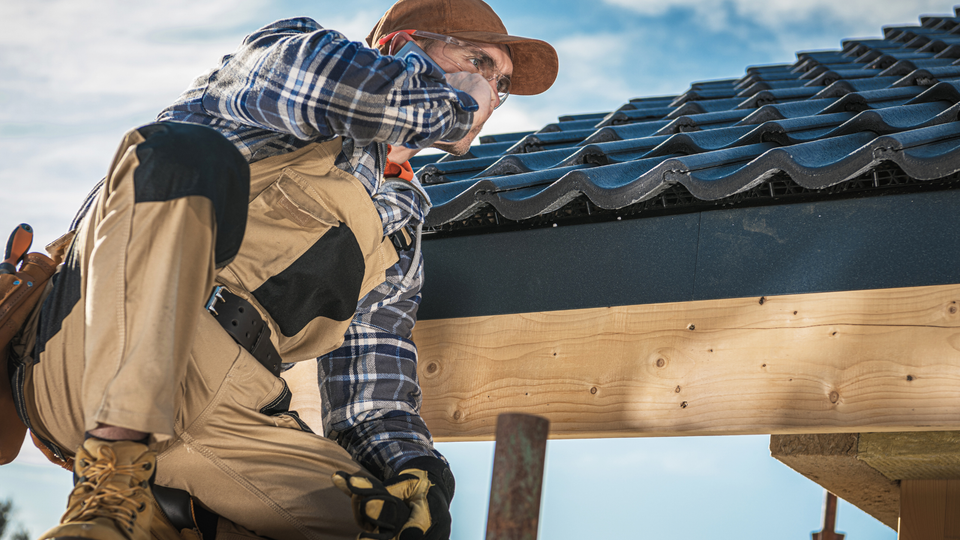
Preparation prevents delays and ensures safety during the replacement process. Order materials in advance to avoid construction delays. Most roofing contractors prefer to complete jobs without interruption once they begin tear-off.
Protect your property by moving vehicles away from the house. Debris from old shingles can damage cars and landscaping. Cover plants and outdoor furniture with tarps or plastic sheeting. Aluminum siding and gutters need protection from falling materials.
Interior preparation includes removing items from attics and upper floors. Vibrations from tear-off and installation can cause items to fall. Warn family members about noise and dust during the construction period.
Weather timing affects the installation process. Avoid scheduling roof work during rainy seasons when possible. Most manufacturers recommend installing shingles in moderate temperatures for optimal sealant activation.
Protect your property by moving vehicles away from the house. Debris from old shingles can damage cars and landscaping. Cover plants and outdoor furniture with tarps or plastic sheeting. Aluminum siding and gutters need protection from falling materials.
Interior preparation includes removing items from attics and upper floors. Vibrations from tear-off and installation can cause items to fall. Warn family members about noise and dust during the construction period.
Weather timing affects the installation process. Avoid scheduling roof work during rainy seasons when possible. Most manufacturers recommend installing shingles in moderate temperatures for optimal sealant activation.
Step-by-Step Replacement Process
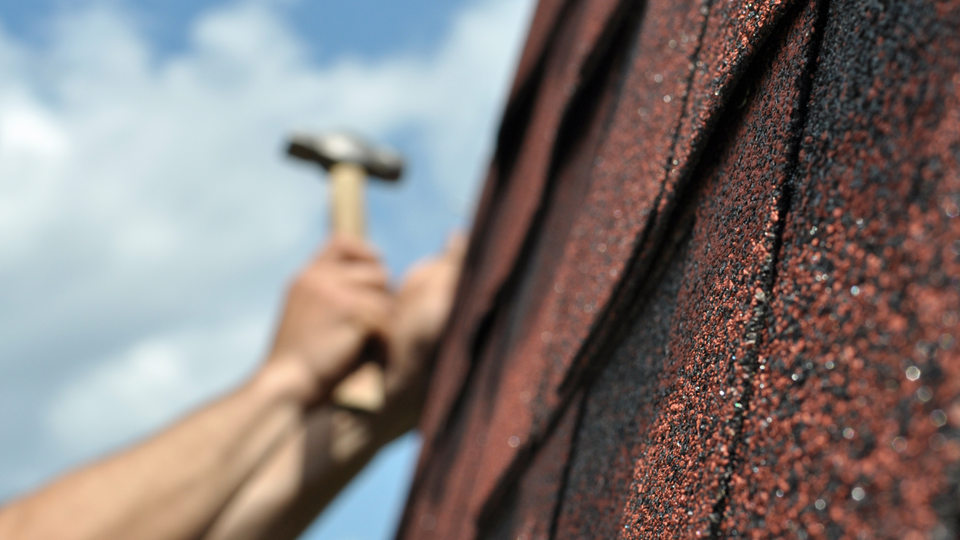
The removal process begins with stripping existing shingles from the roof deck. Workers use a flat pry bar to lift and remove old materials. This step reveals the condition of the underlying structure and identifies areas needing repair.
Inspection follows removal. Check the wood decking for rot, damage, or structural problems. Replace any compromised sections with new plywood or OSB. Ensure proper ventilation and address any building code issues.
Installing new roofing materials starts with underlayment application. This protective layer covers the entire roof deck before shingle installation. Metal flashing goes in next, sealing joints and vulnerable areas.
Shingle installation begins at the bottom edge and works upward. The first row establishes alignment for subsequent courses. Each shingle requires proper nail placement and overlap with surrounding shingles. Follow manufacturer specifications for nail type, quantity, and placement.
Valley and ridge areas need special attention during installation. These locations experience the most water flow and weather stress. Proper technique ensures water channels away from the roof structure.
Inspection follows removal. Check the wood decking for rot, damage, or structural problems. Replace any compromised sections with new plywood or OSB. Ensure proper ventilation and address any building code issues.
Installing new roofing materials starts with underlayment application. This protective layer covers the entire roof deck before shingle installation. Metal flashing goes in next, sealing joints and vulnerable areas.
Shingle installation begins at the bottom edge and works upward. The first row establishes alignment for subsequent courses. Each shingle requires proper nail placement and overlap with surrounding shingles. Follow manufacturer specifications for nail type, quantity, and placement.
Valley and ridge areas need special attention during installation. These locations experience the most water flow and weather stress. Proper technique ensures water channels away from the roof structure.
Professional vs. DIY Installation
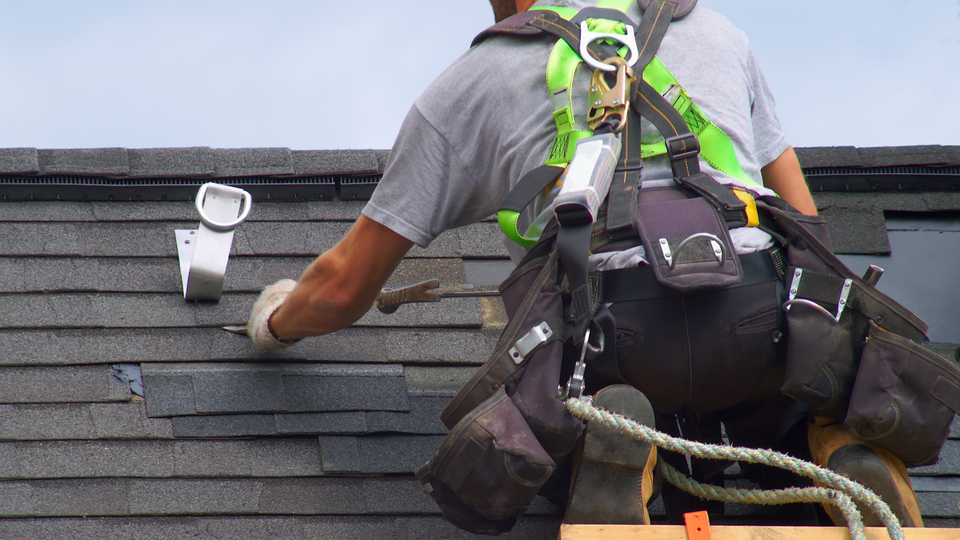
Hiring a licensed contractor provides expertise and warranty protection. Roofing professionals understand local building codes and manufacturer requirements. They carry insurance that protects homeowners from liability during construction.
DIY installation saves labor costs but requires significant skill and tools. Steep roof slopes create safety hazards for inexperienced workers. Improper installation voids manufacturer warranties and may violate building codes.
Consider the complexity of your roof when deciding between professional and DIY approaches. Simple gable roofs with minimal penetrations suit DIY projects better than complex designs with multiple roof planes.
Quick tip: Many roofing manufacturers require professional installation to maintain warranty coverage. Check warranty terms before deciding on DIY installation.
DIY installation saves labor costs but requires significant skill and tools. Steep roof slopes create safety hazards for inexperienced workers. Improper installation voids manufacturer warranties and may violate building codes.
Consider the complexity of your roof when deciding between professional and DIY approaches. Simple gable roofs with minimal penetrations suit DIY projects better than complex designs with multiple roof planes.
Quick tip: Many roofing manufacturers require professional installation to maintain warranty coverage. Check warranty terms before deciding on DIY installation.
Cost Considerations and Budgeting
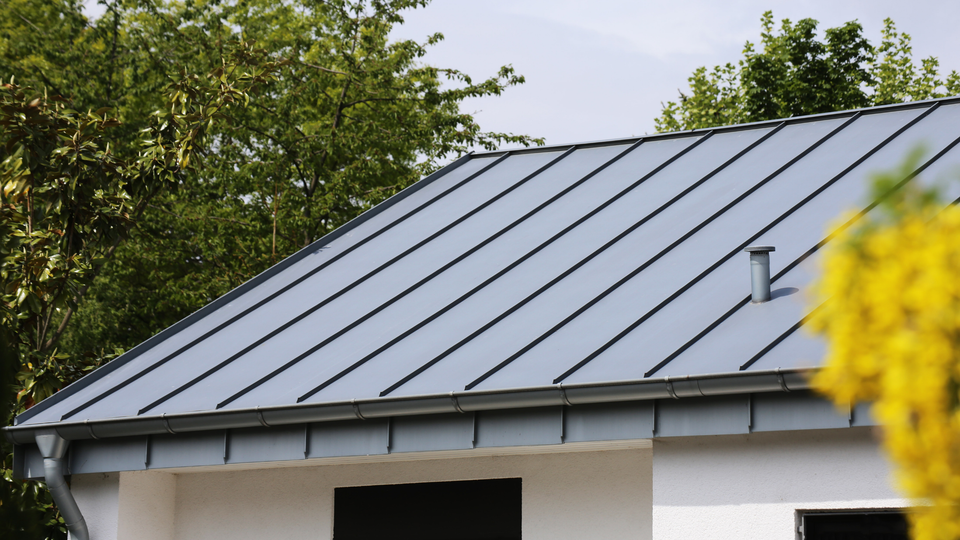
Roof replacement costs vary based on materials, labor, and regional factors. Asphalt shingles typically cost less than premium materials like slate or metal. Labor represents 60-70% of total project costs in most markets.
Additional expenses include permits, disposal fees, and structural repairs. Building inspectors require permits for most roof replacement projects. Concrete disposal costs extra if your home has tile or slate roofing.
Get multiple quotes from roofing contractors to compare pricing and services. Verify that estimates include all necessary materials and labor. Ask about warranties and cleanup procedures.
Additional expenses include permits, disposal fees, and structural repairs. Building inspectors require permits for most roof replacement projects. Concrete disposal costs extra if your home has tile or slate roofing.
Get multiple quotes from roofing contractors to compare pricing and services. Verify that estimates include all necessary materials and labor. Ask about warranties and cleanup procedures.
Protecting Your Investment
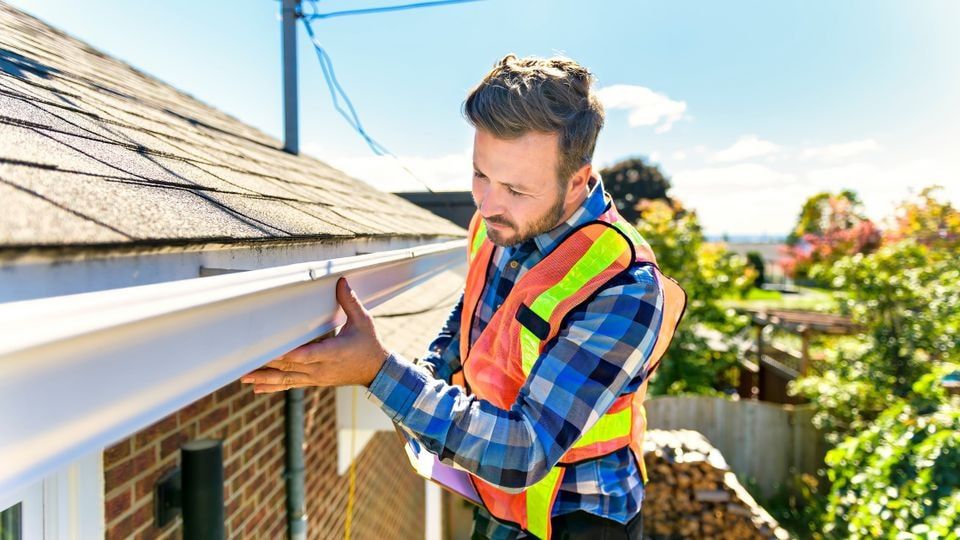
Proper maintenance extends the life of your new roof. Regular inspection identifies problems before they cause damage. Clean gutters prevent water backup that can damage roof edges and fascia boards.
Remove debris from roof surfaces to prevent moisture retention. Trim overhanging tree branches that scrape against shingles during storms. Address minor repairs promptly to prevent larger problems.
Most manufacturers recommend annual inspections by qualified professionals. Document maintenance activities to support warranty claims if needed. Keep records of repairs and improvements for insurance purposes.
According to the National Roofing Contractors Association, properly installed and maintained asphalt shingles can last 20-30 years depending on climate conditions and maintenance practices.
Understanding when and how to replace shingles helps homeowners protect their investment and maintain comfortable living conditions. Whether you choose professional installation or tackle the project yourself, proper planning and quality materials ensure long-lasting results. Regular maintenance and prompt attention to problems keep your roof covering in good condition for years to come.
Remove debris from roof surfaces to prevent moisture retention. Trim overhanging tree branches that scrape against shingles during storms. Address minor repairs promptly to prevent larger problems.
Most manufacturers recommend annual inspections by qualified professionals. Document maintenance activities to support warranty claims if needed. Keep records of repairs and improvements for insurance purposes.
According to the National Roofing Contractors Association, properly installed and maintained asphalt shingles can last 20-30 years depending on climate conditions and maintenance practices.
Understanding when and how to replace shingles helps homeowners protect their investment and maintain comfortable living conditions. Whether you choose professional installation or tackle the project yourself, proper planning and quality materials ensure long-lasting results. Regular maintenance and prompt attention to problems keep your roof covering in good condition for years to come.
